“Culture always sparks when its native promotes it to shine”.
Undoubtedly, the soil of Gilgit Baltistan is fertile in culture and languages. As one of the rich language; Khowar, “Kho” means the people of Chitral and “War” means language, “the language of Khow”. According to the aboriginals of Chitral, the word ‘Khow’ originated from the names of two valleys in Chitral, namely Turkkow and Mulkkow (Ismail, 2019). It is a small community located in the mountainous region of Chitral.
Khowar is the predominant language of Chitral and is used as a lingua franca. Before British rule, many intruders attacked Chitral from the northern and southern borders. After attacking, many of them settled in Chitral and combined with the locals. With the diversity of the tradition, they brought up a new society or new caste called ‘Khow’ (Baig, 1999).
The khowar culture is called the “prototype khow culture.” It interacts Dravidian with the indigenous people, the ‘Pisachas’ (Kalash Community). Khowar has also given the names Chitrali, Arniya, and Qashqari. It is an Indo-Aryan language that belongs to the Dardic family, also known as Dard, developed during the Mehtar of Chitral. It is also spoken in different areas of Gilgit-Baltistan, like in the Gupis-Yasin and Ghizer districts of Gilgit.
The history of this language is as old as the people are. As the settlement of Khowar people in the Ghizer valley is also ancient, (Morgenstierne 1938:442). Morgenstierne suggests that, how khow culture poliferate in Gilgit Baltistan. Some of the khow crossed Baroghil pass and occupied Wakhan valley, in what is now known as Afghanistan, and then in Yasin, ,Ghizer valley, and in Puniyal they frequently had Kho rulers, who came from Chitral. E.O. Lorimer (1939:19) relates that the Chitrali Khushwaqt ruling family conquered these areas in the early 1700s.
After that, with the influence of neighbors, a massive change brings in phonetics and lexical. Since the twentieth century, Khowar has been written in the Khowar alphabet, which is based on the Urdu alphabet and uses Nasta’liq script. As the Khowar has a desperate dialect, but in a different region of Pakistan it speaks distinctively. Khowar is spoken in parts of upper Swat ( Mateltan village) and in the Wakhan region called Urang. Except for these regions, many of the native speakers emigrate to urban areas like Lahore and Islamabad in the large populations. The Kalash people, in Hunza, Peshawar, Rawalpindi, and Karachi Khowar, language incorporated many words from neighbors. As Gilgit has a diversity of languages like Shina, Burushaski, and Wakhi.
The Khowar language is not presently available as it has previously existed. It changed unintentionally. In Chitral, the people excluded “s” from their conversation. As “Koristum” changed into Koritum and “Bagustum” changed into Bagatum, and many more present instances can show the difference in dialect. So the words are spoken differently in areas of Gilgit-Baltistan while confabbing but in Chitral, they have exotic dialect, in. In Chitral they are not using ‘s’ in their speaking. Except morphology of Khowar if we will talk about the writing pattern of Khowar since 20 century Khowar was written in the Nasta’liq style of the Persoc sperso script, and the Khowar language has 42 phonemes, many of them not found in any other language of the region. Additionally, till 1996, Khowar was written in a Latin version. It has five contrastive vowels. The Khowar language is complete in all contexts. Know the need is to preserve the beauty of language in its written form.
Some of the poets, authors, dramatists, and singers who promote the Khowar language are The author, Mohammad Ismail Sloan, in 1981, published a 151-page dictionary. In the 1950s, Prince Samsam-Ul-Mulk wrote a grammar of Khowar and a course book for primary classes. Prof. Israr-ud-Din Chitrali, has written several studies on the history of Chitral and the culture of Chitral, Prince Hisam-Ul-Mulk and Farida Sultana Fari from Chitral published poetry in the Khowar book. Rahmat Aziz, also known as R.A Chitrali, is a renown Urdu and Khowst linguist, researcher, writer, critic, and scholar. Wali Zar Wali was interested in Khowar drama and short stories. He worked as an officer in the provincial civil service of Khyber Pakhtunkhwa. Sitarnawaz Amir Gul Amir, known as “the nightingle” of Chitral, Including these writers, many other poets and authors worked to conserve the Khowar language and we have the raising up writers who writes for Khowar. The thing now is to confront the languages and work to maintain one language with its original beauty.
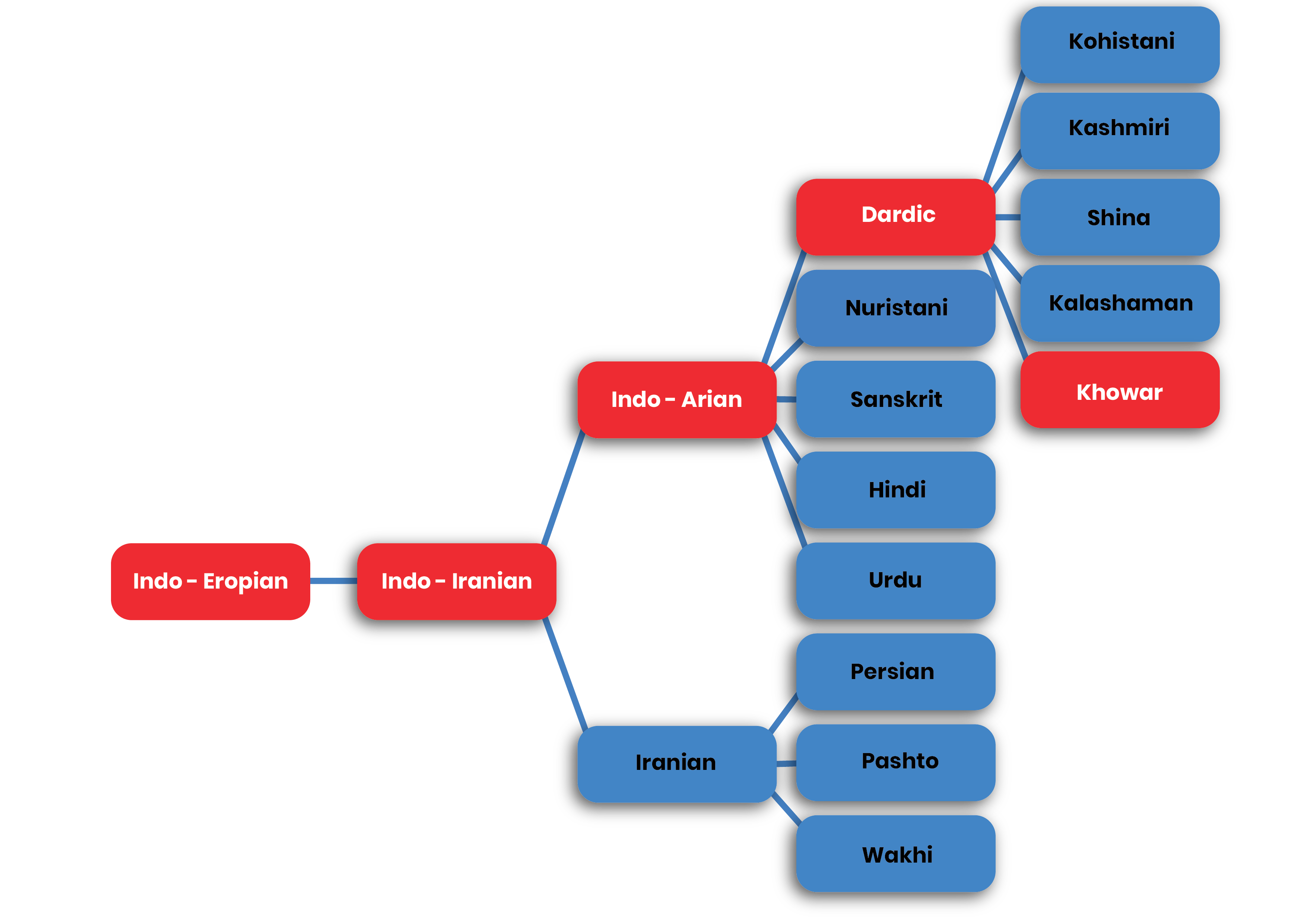




 Tourism3 years ago
Tourism3 years ago
 Arts, Culture & Heritage2 years ago
Arts, Culture & Heritage2 years ago
 Tourism3 years ago
Tourism3 years ago
 KIU Corner2 years ago
KIU Corner2 years ago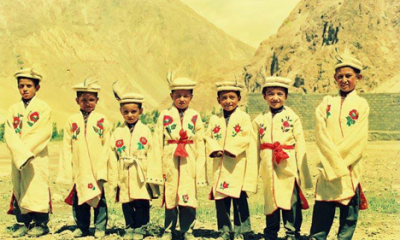
 Arts, Culture & Heritage2 years ago
Arts, Culture & Heritage2 years ago
 KIU Corner2 years ago
KIU Corner2 years ago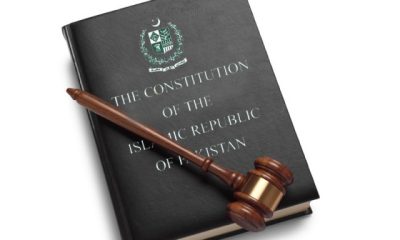
 Opinion3 years ago
Opinion3 years ago
 Arts, Culture & Heritage3 years ago
Arts, Culture & Heritage3 years ago
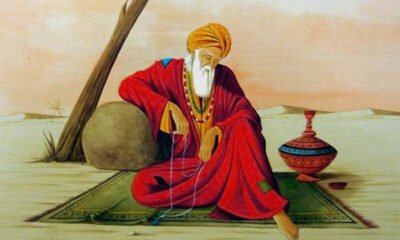



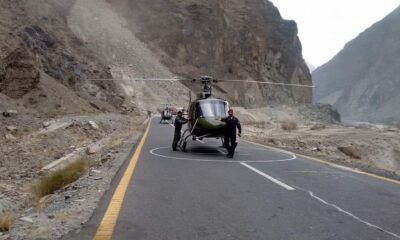

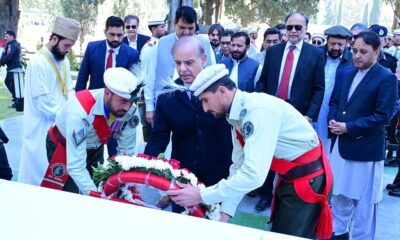

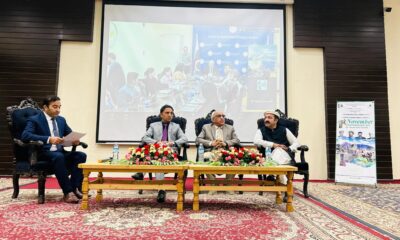

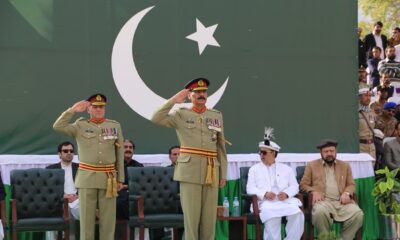

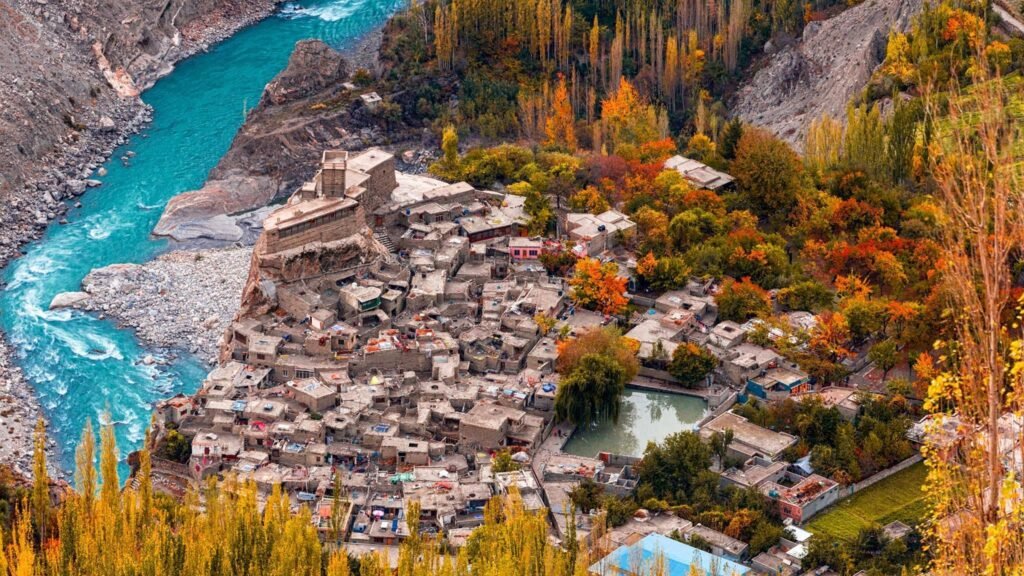







خرید فالوور اینستاگرام
November 2, 2023 at 6:01 pm
Howdy! Do you use Twitter? I’d like to follow you if
that would be ok. I’m absolutely enjoying your blog and
look forward to new updates.